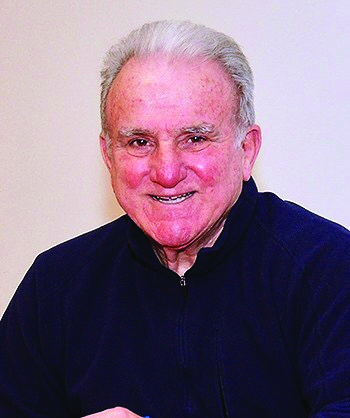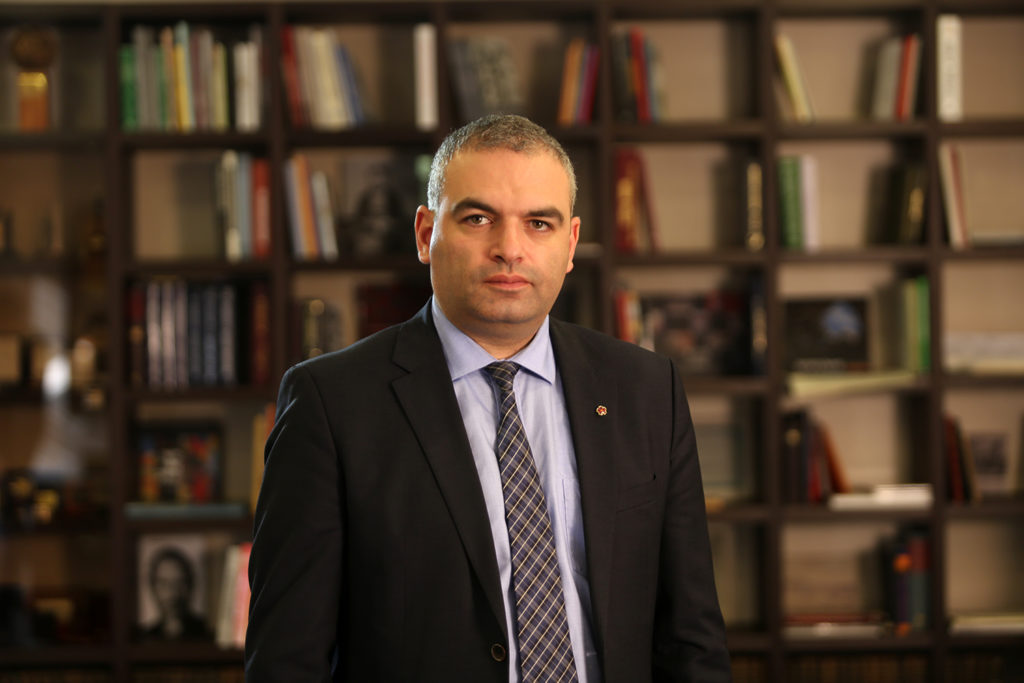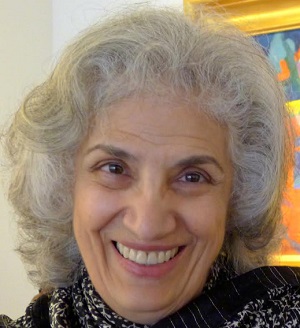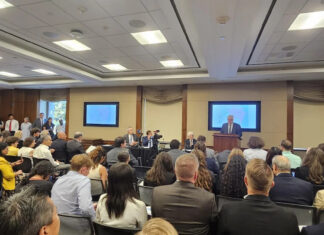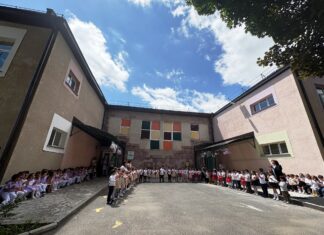BELMONT, Mass. — On Thursday, December 13, almost exactly 30 years after the devastation of the earthquake in northern Armenia, some of the people who first responded to that disaster gathered at the First Armenian Church to share an overview of what motivated them as well as the logistics of sending aid to their brothers and sisters so far away.
The program was cosponsored by the First Armenian Church and the National Association for Armenian Studies and Research (NAASR) / Calouste Gulbenkian Foundation Lecture Series on Contemporary Armenian Issues.
One focus of the evening, the brainchild of retired Boston Globe Pulitzer Prize-winning investigative journalist Stephen Kurkjian, was not only the disaster and the response, but the changes that resulted from the collision of the need of the people in Armenia and the immediate response from people around the world, Armenian and non, and how they not only changed relations between Armenia and the diaspora forever, but possibly put the final nail in the coffin of the Soviet Union.
He wrote a lengthy piece about the many firsts that happened as a result of the earthquake aid heading from the US. (See https://mirrorspectator.com/2018/09/13/the-untold-story-the-earthqVuake-that-shook-armenia-the-relief-effort-that-changed-the-world/)

The program featured a trio of women who had taken part in organizing the first wave of aid. They were Dr. Carolann Najarian, who had founded Armenian Health Alliance, Elaine Kasparian who cofounded the Armenian Children’s Milk Fund under the aegis of the Armenian Missionary Association of America, and Michele Simourian, who also headed up the relief projects for the Armenian Missionary Association of America. (Her husband’s involvement at her urging was explored in the second part of the program.)
Remembering Harrowing Times



